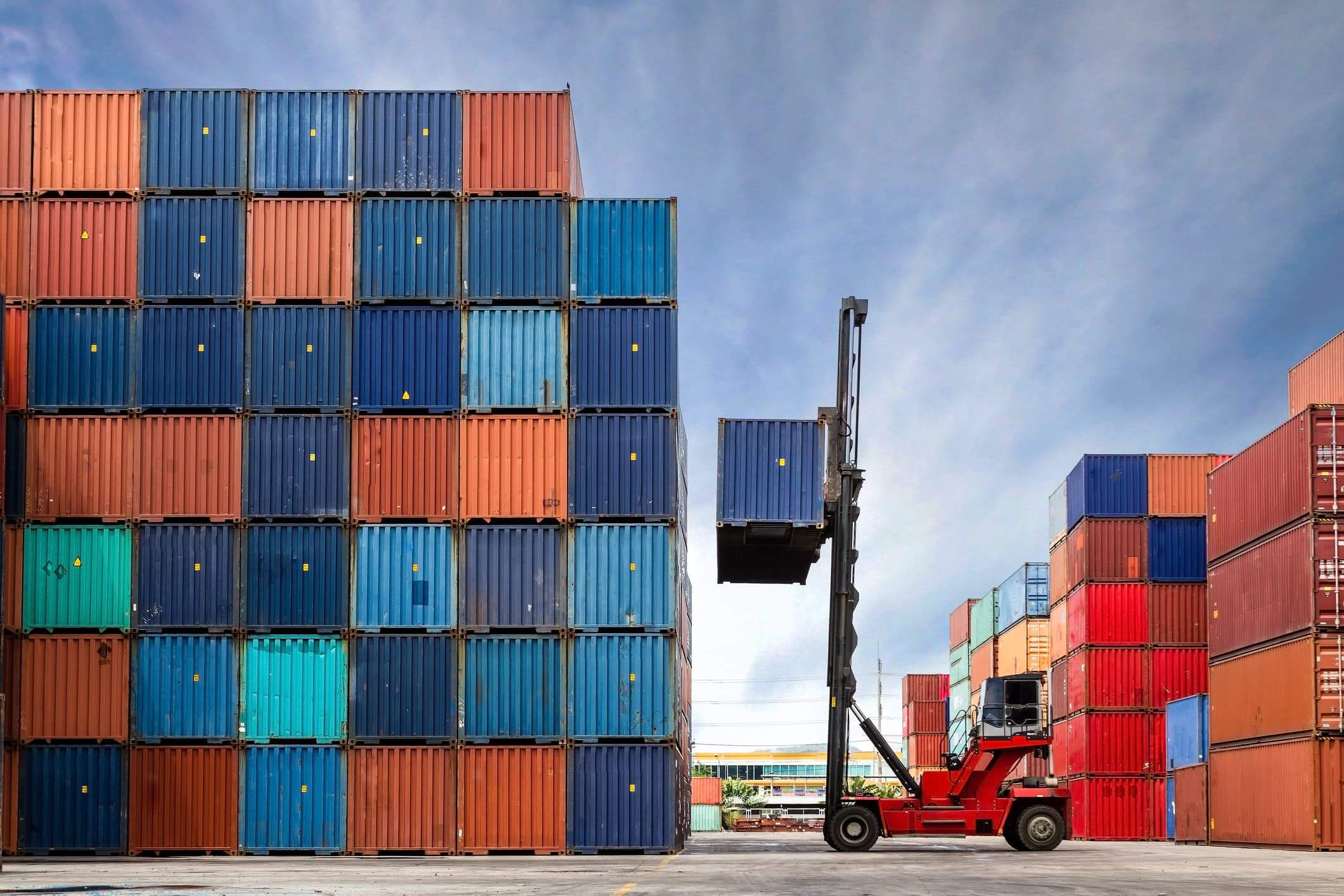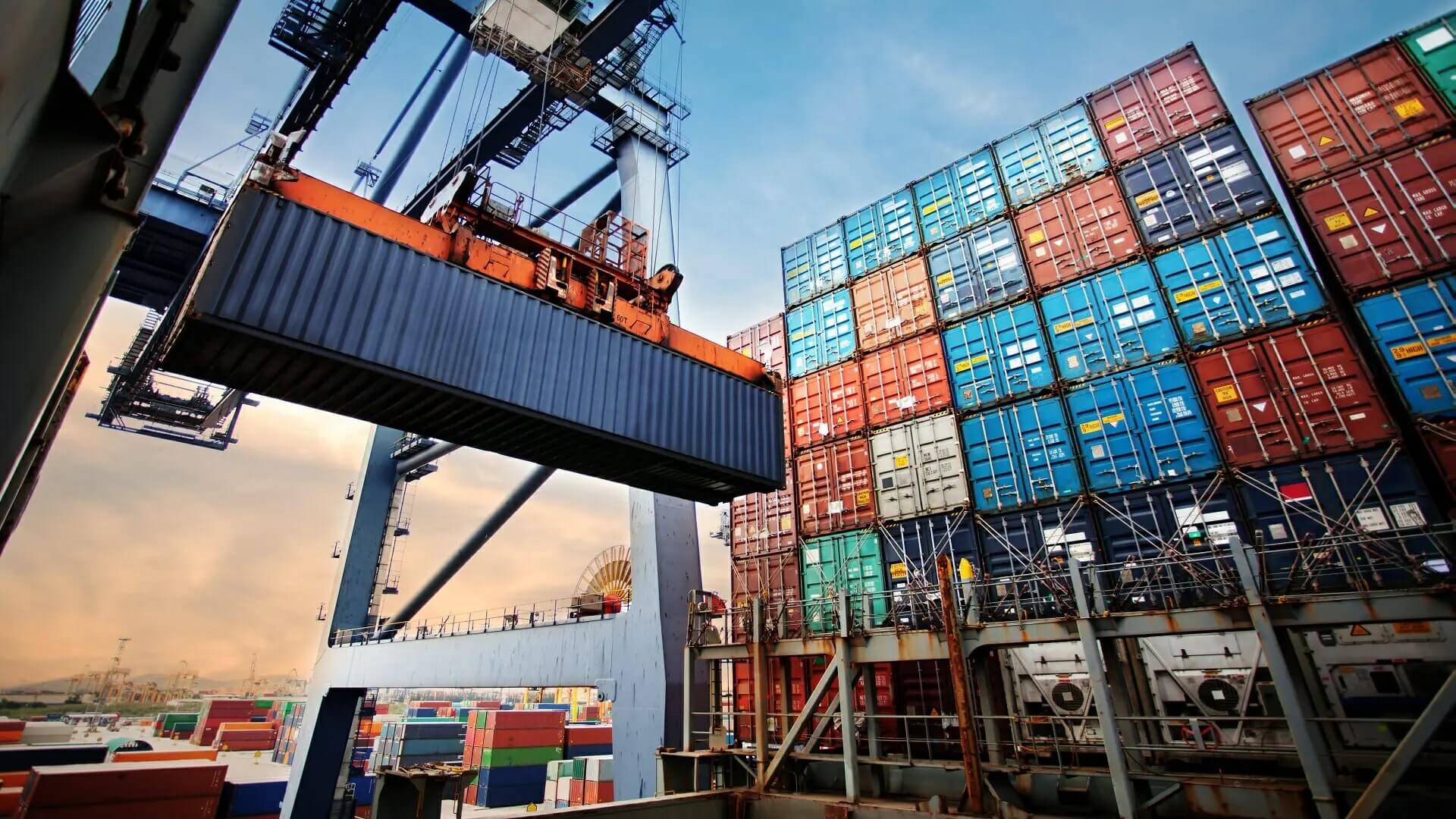
A Bill of Lading (BOL) is one of the most important documents in the world of shipping and logistics. It is a legally binding document that acts as a contract between the shipper and the carrier, a receipt of the goods being transported, and a title of ownership for the shipment. Whether shipping goods locally or internationally, the BOL ensures clarity, security, and accountability throughout the freight transportation process.
Understanding the purpose, importance, and various types of BOLs is crucial for anyone involved in the movement of goods, whether as a shipper, carrier, or receiver.
The Importance of a Bill of Lading
The BOL serves multiple critical functions in the shipping process, making it an indispensable tool in logistics:
- Legal Document: It provides a record of the contract between the shipper and the carrier, outlining the rights, responsibilities, and liabilities of each party.
- Proof of Delivery: The consignee (receiver) signs the BOL upon receiving the goods, confirming that they were delivered in the agreed-upon condition.
- Tracking and Accountability: The document contains a unique freight number and shipment details, making it easier to track goods during transit and ensure accountability.
- Insurance Claims: In the event of damage, loss, or theft, the BOL serves as evidence for insurance claims.
For businesses, a properly executed BOL helps avoid disputes, delays, and financial losses, ensuring smoother operations in the supply chain.
Types of Bill of Lading
There are various types of BOLs designed to meet different shipping needs and scenarios. Below are the most commonly used types:
- Straight Bill of Lading: Used when the shipment is being sent to a specific consignee and cannot be transferred or sold to another party. Commonly used for prepaid shipments.
- Order Bill of Lading: Allows the goods to be transferred to another party during transit or upon arrival. Often used in international trade where goods may be sold while in transit.
- Clean Bill of Lading: Indicates that the goods were received by the carrier in good condition with no visible damage or defects.
- Inland Bill of Lading: Used for shipments that travel over land, such as trucking or rail services, rather than by sea.
- Ocean Bill of Lading: Specifically designed for goods transported by sea. Includes detailed information about the shipping route and port details.
- Air Waybill: A specialized type of BOL used for air freight. It is non-negotiable and primarily serves as a receipt for the goods being transported.
- Through Bill of Lading: Covers shipments that involve multiple modes of transportation (e.g., truck and ship). It simplifies the process by providing a single document for the entire journey.
By understanding which type of BOL to use, businesses can ensure that their shipments meet legal and logistical requirements.
The Purpose of a Bill of Lading
The primary purpose of a BOL is to facilitate the safe and efficient transportation of goods. Specifically, it:
- Provides Shipment Details: The BOL contains all essential information about the freight, including the type, quantity, weight, dimensions, and any special handling instructions.
- Ensures Legal Clarity: It defines the responsibilities of both the shipper and the carrier, reducing the risk of misunderstandings or disputes.
- Acts as a Receipt: Once the carrier accepts the goods, the BOL serves as proof that the shipment has been handed over.
- Serves as a Title Document: For negotiable BOLs, the document represents ownership of the goods, allowing for transfer of ownership if needed.
The BOL is more than just a piece of paper—it is the backbone of the logistics process, ensuring that goods are transported securely and in compliance with legal and regulatory standards.
Example of a Bill of Lading
To better understand how a BOL works, let’s look at a real-world example:
A furniture manufacturer in Texas ships a container of chairs to a retailer in Florida. The Bill of Lading for this shipment includes the following details:
- Shipper Information: The furniture manufacturer’s name, address, and contact details.
- Consignee Information: The retailer’s name, address, and contact details.
- Carrier Information: The trucking company responsible for transporting the goods.
- Freight Details: A description of the goods (e.g., 500 chairs), weight, and dimensions.
- Freight Number: A unique identifier for the shipment.
- Payment Terms: Indicating whether the shipment is prepaid or freight collect.
Once the chairs are delivered to the retailer, the consignee signs the BOL, confirming receipt of the shipment in good condition.
Bill of Lading vs. Waybill
Although often confused, a Bill of Lading and a Waybill serve different purposes:
- Bill of Lading: Can be negotiable, meaning it can transfer ownership of the goods. Serves as a legal contract, receipt, and title document.
- Waybill: Non-negotiable and primarily used to provide information about the shipment. Does not transfer ownership of the goods.
The choice between a BOL and a waybill depends on the shipping requirements and the level of control needed over the freight.
Frequently Asked Questions about the Bill of Lading
Q: Who issues the Bill of Lading?
A: The carrier (or shipping company) typically issues the BOL to the shipper upon receiving the goods.
Q: Can a BOL be digital?
A: Yes, electronic BOLs (eBOLs) are increasingly common in modern logistics, providing greater convenience and efficiency.
Q: What happens if the BOL is lost?
A: Losing a BOL can complicate the shipping process. However, a duplicate or replacement can often be issued by the carrier with proper authorization.
Q: Is a BOL required for every shipment?
A: Yes, a BOL is required for almost all shipments to ensure legal compliance and proper handling of goods.
Conclusion
A Bill of Lading (BOL) is an indispensable document in freight and logistics, serving as a contract, receipt, and ownership record. Its importance lies in its ability to ensure transparency, accountability, and legal protection for all parties involved in the shipping process.
By understanding the types, purpose, and key elements of a BOL, businesses can streamline their shipping operations and avoid common pitfalls. Whether you are shipping goods across the country or internationally, a properly executed BOL is the cornerstone of efficient logistics.
If you’re preparing to ship freight, make sure to issue or request a BOL that clearly outlines all shipment details—your goods, business reputation, and legal compliance depend on it!



